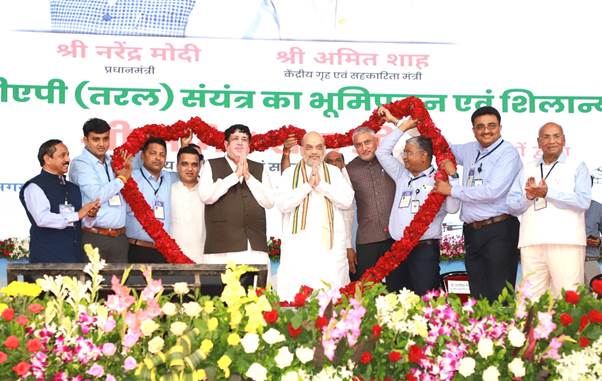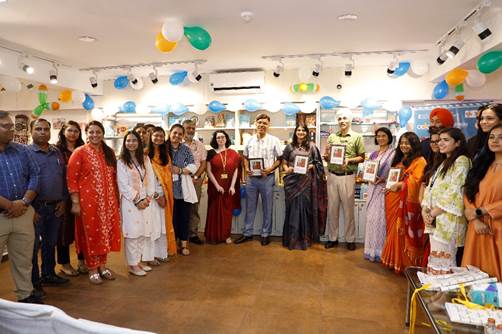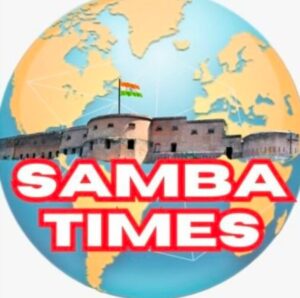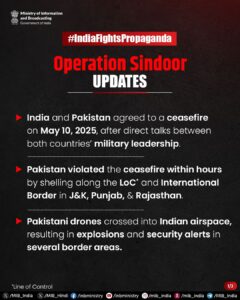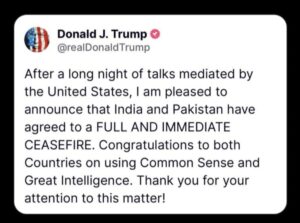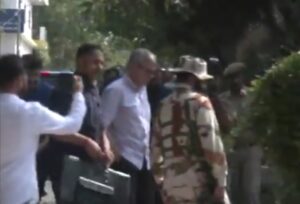Nitish Kumar| Must know about the history, background and party of Bihar CM
The Janata Dal (United), commonly referred as the JD(U), is a regional political party in India. Its political position is centre-left operating on the ideologies of Integral humanism, Secularism and Socialism. Its mass base is primarily in the states of Bihar and Jharkhand.
The JD(U) has a negligible presence in the 16th Lok Sabha, having only two seats out of 545. It has six seats in the Rajya Sabha.
The founder of the JD(U) is Sharad Yadav. The party traces its roots to the Janata Party, founded by Jayaprakash Narayan, the stalwart who united all anti-Congress parties during Indira Gandhi’s reign. The Janata Dal, which was a merger of Janata Party factions, the Lok Dal, the Jan Morcha and Congress(S), was split in 1999. The split took place over tensions when Karnataka Chief Minister J.H. Patel lent support to the BJP-led National Democratic Alliance (NDA). It was this issue that made the Janata Dal split into the Janata Dal (Secular) and Janata Dal (United) in 1999.
The JD(S) was formed under the leadership of H.D. Deve Gowda and the Janata Dal remained under the guidance of Sharad Yadav. In October 2003, the Lokshakti Party, and the Samata Party (also a breakaway faction of the Janata Dal) – led by veteran politician and former Defence Minister George Fernandes – merged with the Sharad Yadav’s faction of the Janata Dal. This merger led to the creation of JD(U).
Today, the JD(U) has a prominent presence in Bihar, especially with leader Nitish Kumar as the present Chief Minister. It was the main opposition to Lalu Prasad Yadav’s Rashtriya Janata Dal in Bihar. But the two rivals joined hands just a few months before the 2015 legislative assembly elections in the state against the BJP-led alliance. The JD(U) was in an alliance with the now rival, BJP, for 17 years before a split took place in 2013 over the latter’s decision to project Narendra Modi as party’s Prime Ministerial candidate. It is believed that the JD(U) is opposed to the communal rhetoric of Modi.
1971: Became a member of Ram Manohar Lohia’s youth wing, Samajwadi Yuvajan Sabha
1974: Joined the JP movement, arrested under the Maintenance of Internal Security Act
1975: Arrested during the infamous Emergency
1985: Became the member of the Bihar Legislative Assembly
1987: Became state president of Lok Dal
1989: Appointed as Secretary General of Janata Dal, Bihar. Elected as a Member of Parliament for the first time
1990: Union Minister of State for Agriculture and Cooperation
1995: Started the Samata party along with George Fernandes
1999: Union Minister for Surface Transport
2000: Union Minister of Agriculture. He also became the Chief Minister of Bihar for the 1st time for only 8 days as he couldn’t prove majority
2001: Union Minister for Railways
2005: Sworn in as the Chief Minister of Bihar for the 2nd time with BJP’s support
2010: Sworn in as the Chief Minister of Bihar for the 3rd time.
2014: Broke up with the long time partner BJP, after which his party was defeated badly in Lok Sabha elections and he resigned as CM.
2015: Sworn in as the Chief Minister for the 4th time. The same year he was sworn in as the Chief minister of Bihar for the 5th time and the government was, in fact, a coalition government, which was popularly termed as Mahagathbandhan that includes Rashtriya Janata Dal, Indian National Congress, and Janata Dal (United)
2017: Broke up with the Mahagathbandhan and sworn in as Chief Minister on 27 July 2015 for a record 6th time with BJP’s support
2022: On 9 August, he ended his alliance with the BJP in Bihar and tendered his resignation as the Chief Minister of Bihar to Governor Phagu Chauhan following which he staked claim to form the government by submitting a letter of support of 160 MLAs.

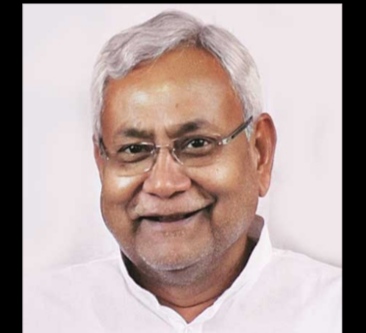
INDIANNAVYPARTICIPATESINBILATERALNAVALMARITIMEPARTNERSHIPEXERCISEWITHUAENAVYQ0L1.jpeg)
